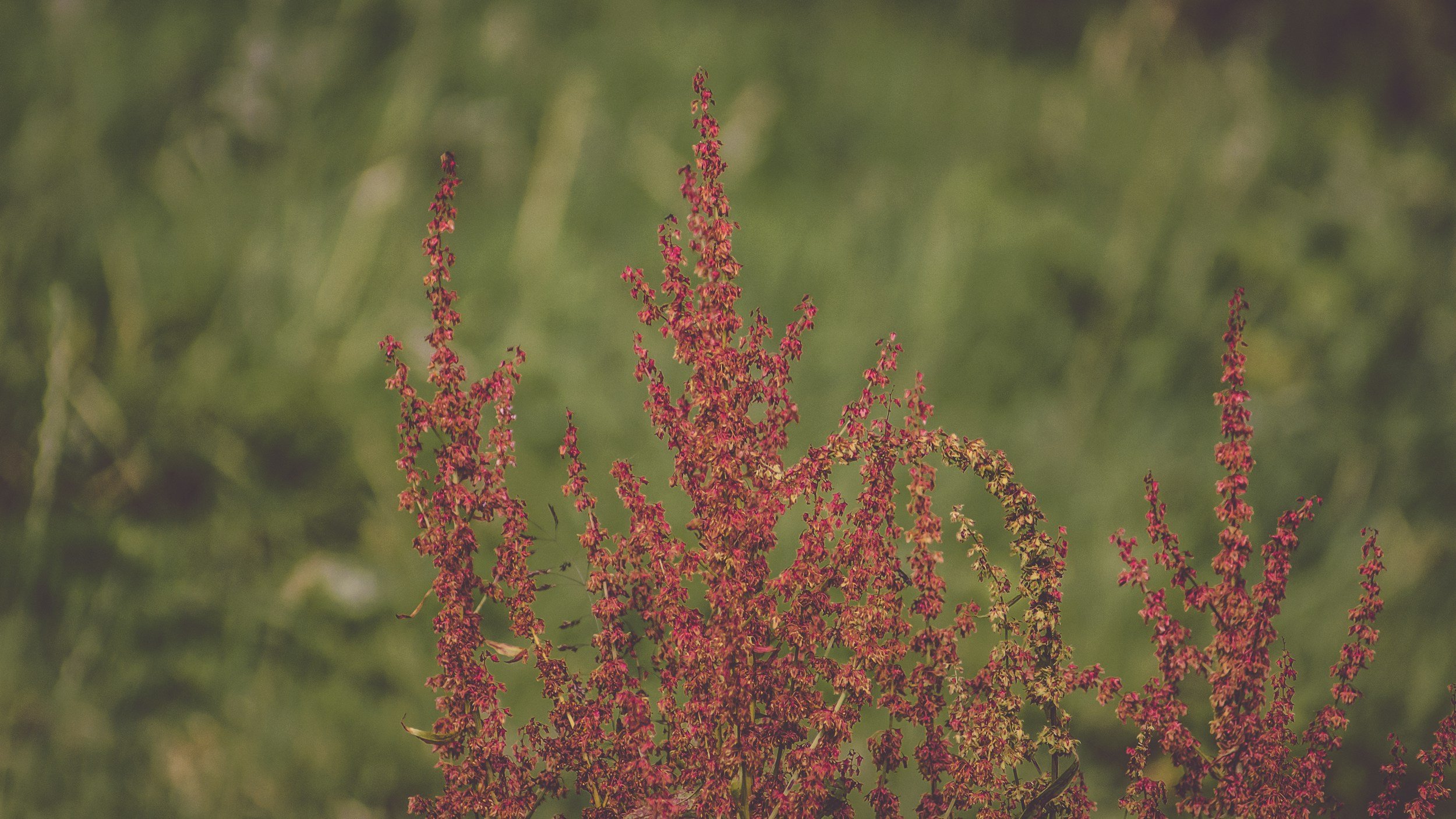
Common Weeds
This page is dedicated to understanding the different weed species, their ideal conditions and practical management solutions.
Want information on a particular species?
Hit Control+F to search this page.
Capeweed
Characteristics:
Nitrate weed — tends to grow where stock have camped for too long
Broad leaved — tends to cover bare soil
Balancer — seeks to restore balance by drawing nitrates from soil and mixing it with carbon
Risks:
Nitrate poisoning if it comprises too much of livestock diet. This can be remediated by feeding hay as a supplement when cattle are on a capeweed-dominant paddock.
Ideal conditions:
Bare soil (or very low grass) and high nitrogen concentrations
Doesn’t like:
A long, green lush pasture. More palatable species will easily outcompete capeweed in this environment.
Benefits:
Bees love their yellow flowers
Sheep also love the yellow flowers
Management solutions:
Maintain ground cover so that palatable species can outcompete capeweed
Move livestock regularly to prevent excessive nitrate buildup
Stinging Nettle
Characteristics:
Nitrate weed — tends to grow where stock have camped for too long
Balancer — seeks to restore balance by drawing nitrates from soil and mixing it with carbon
Taller plant, so can bolt up to get above competitors
Risks:
It bloody hurts when they sting you
Stock seem to leave it alone, which allows it to grow and spread.
Ideal conditions:
Bare soil and high nitrogen concentrations.
Tend to grow under trees very well, indicating shade tolerance
Doesn’t like:
Anything but the above conditions. If you have good pasture cover, stinging nettle will rarely flourish.
Benefits:
Good for making tea
Management solutions:
Move livestock regularly to prevent excessive nitrate buildup
Let’s Work Together
Would you like to help build out this resource base of weeds and regenerative approaches for their management? Fill out the below form to help out.
Full credit will be given, and we can include an advertising link of your choosing.

